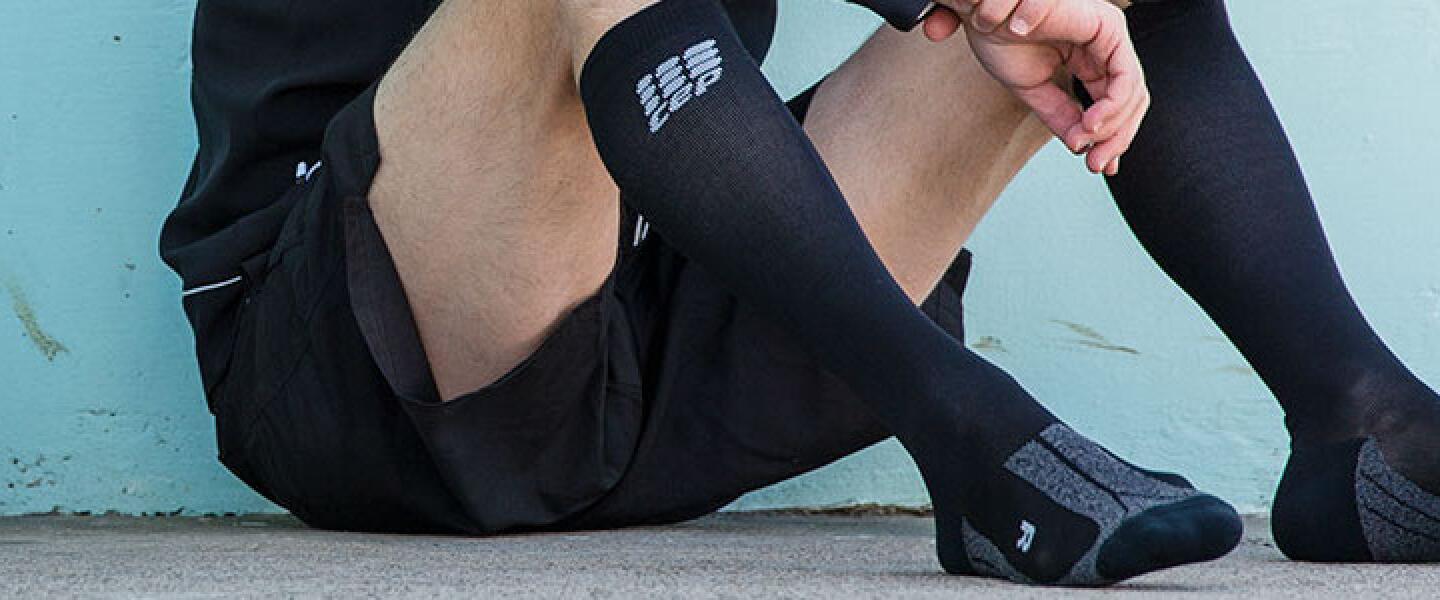
Compression socks and sleeves. You can see them on a variety of athletes from Olympic athletes to your average runner on the Lakefront Path. They sure look cool, but are they just for show? With some help from the professionals over at CEP Compression, we look to break down the fundamentals of compression, how it works, and what that means to you.
First, a little history
CEP Compression is the industry leading compression apparel company carried at our Fleet Feet Sports Chicago stores and is owned by medi, one of the global leaders in medical compression manufacturing for over 80 years.
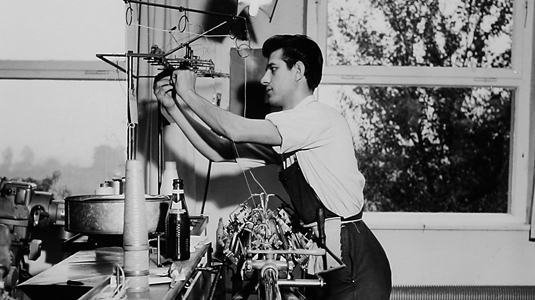
medi began as small family owned company in the small German town of Pausa in the 1920s. They continued to operate with a primary focus in orthopedics, prosthetics, phlebology, and lymphology. By investing in research, education and innovation, and providing the latest technologies, medi was able to launch CEP in 2007, their sports division focused on improving athletic performance and shortening the recovery phase.
The basics of compression
To fully understand the functionality and benefits of graduated compression it's important to understand the basics of circulation in the human body.
Veins fight gravity and transport de-oxygenated, CO2 rich blood back to the heart for regeneration. Arteries utilize the heart to deliver oxygen & nutrient rich blood to every cell in your body - including your muscles. The capillaries connect the arteries and veins.
How does compression increase bloodflow?
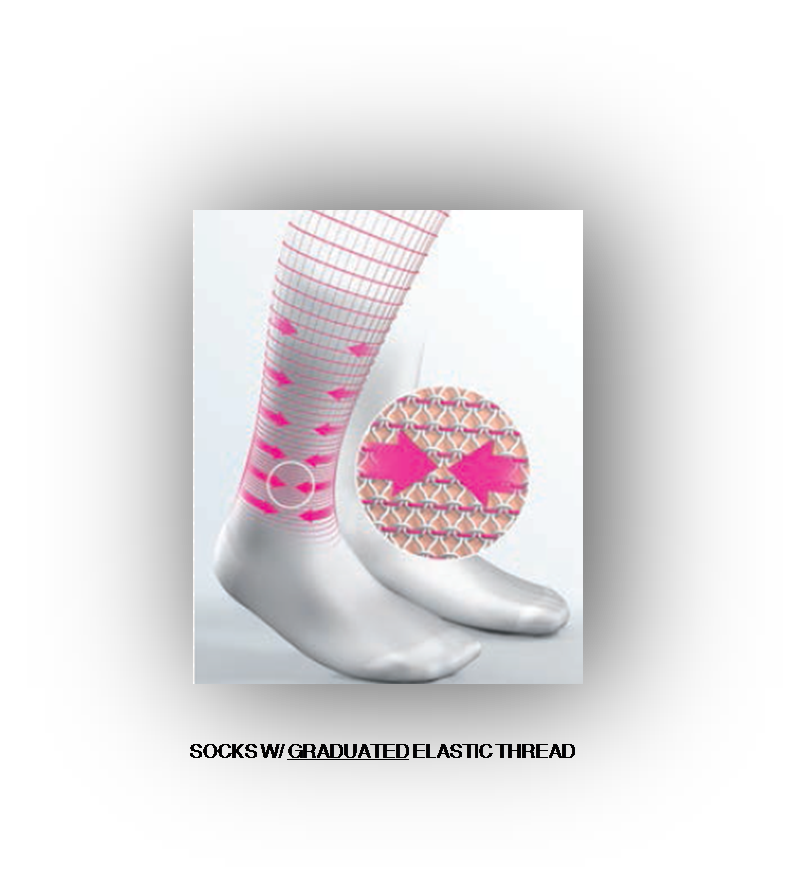
By applying graduated compression, a higher rate starting at the lowest point (ankle area), compression stockings help support the blood vessels by decreasing their diameter.
This in turn helps improve valve function, muscle pump efficiency and the velocity of fluid transport back to the heart to recirculate.
Circulation: The role of the calf muscle

The muscles in the calf play a crucial role in the transport of de-oxygenated blood back to the heart and out of the lower legs. When the calf muscles contract they squeeze the veins and open up the proximal valves allowing the transport of de-oxygenated blood back to re-circulate again. Think of the calf muscle as the 'heart' of your lower leg.
Circulation: The role of the foot
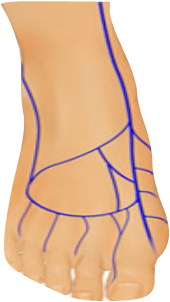
The bottom of your feet contain the Plantar Plexus - a valveless network of superficial veins in the bottom of the foot. This network plays a crucial role in the process of venous return.
This vein network is critical because when you take a step the pressure beneath your foot pushes the collected blood in the plexus and forces it up into the deeper veins of the foot where it can then be transported up the leg. This process in the foot is the beginning stage of venous return when you are moving and in some instances standing.
Why is this important?
- Compression over the foot can assist the venous system and help to engage the first stage of venous return in an athlete.
- Compression over the foot can reduce superficial swelling of the foot, improving shoe fit and biomechanics.
- Compression over the foot can assist with circulation, reduce swelling and improve circulation to injuries in the foot (plantar fasciitis)
Understanding the levels of compression
Compression is measured by mmHg [millimeters of mercury].
Anything below 20mmHg is considered OTC (Over the Counter) and not an Rx level of compression. For some people a lower compression level might alleviate minor symptoms but most patients experience results from 20mmHg or higher.
When people stand, the blood pressure in their feet can be high. Pressure in the lower legs is close to 200 mmHg (millimeters of mercury). Compression that falls below 20mmHg will not functionally increase venous return in the deep veinous system. 20-30mmHg is considered ‘medical grade’ compression and is the most commonly used by physicians in the USA. CEP Products are considered Class 1, medical grade 20-30mmHg compression.
How is CEP Compression different from medical compression?
The key difference is in CEP's progressive+ compression profile. CEP's socks start with a 24mmHg in the ankle and gradually loosens to a consistent 18mmHg in the calf. This truly graduated compression profile is slightly different then our standard medical compression and was developed for the athlete. Let's take a closer look at CEP versus a competitor.
Competitor #1

The benefits of compression
Alleviate shin splint
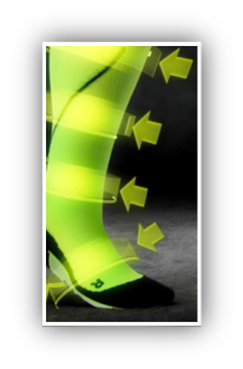
Shin splints usually result from overuse. Repeated movements of the foot can cause damage where the tibialis muscles attach to the tibia. Soon the edge of the muscles may begin to pull away from the bone. The injured muscle and the bone covering (the periosteum) become inflamed. Your muscles and bones almost begin a sort-of tug-of-war. Shin Splints are the result.
Compression socks help reduce that tug-of-war by working to stabilize all of the muscles and ligaments in the foot and leg. At the same time compression reduces swelling and strain to muscle fibers.
Reduce heel pain
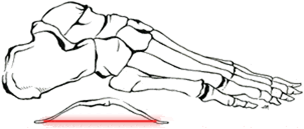
Plantar fasciitis is the most common type of plantar fascia injury and is the most common reason for heel pain, responsible for 80% of cases. Plantar fasciitis is estimated to affect 1 in 10 people at some point during their lifetime and most commonly affects people between 40-60 years of age.
The arch of the foot functions like a bow (as in a bow and arrow), and the plantar fascia is like the string of the bow. The tension in the “bow string” holds the shape of the arch. But every time you step, the “bow string” stretches… and when stretched too hard and too often, it gets irritated, and then it’s like a bow shooting you in the foot.
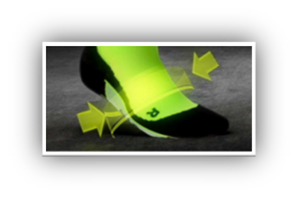
This is where the graduated compression really comes into play. The tighter compression at the foot and around the arch reduces that tension and helps eliminate the stretch.
Reduce muscle trauma
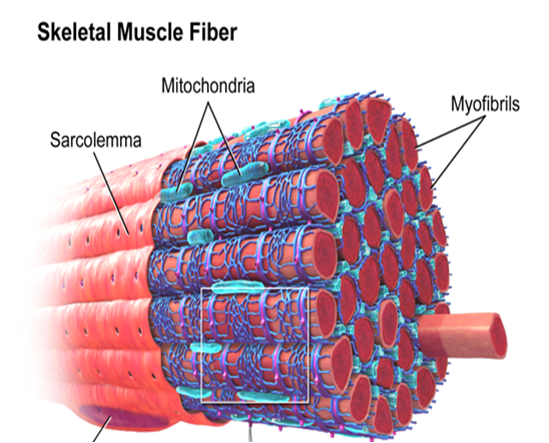
Muscles are constructed from densely knit fibers, which are provided the nutrients necessary for their function by the capillaries in the arterial system. Muscle fibers are bound into bundles, called fascicles, to form a working unit. Think of them like elastics bound together to make one thicker elastic.
When you run, every step creates muscle and tissue vibration. Over time this can cause micro injuries in muscles which lead to injury, cramping and fatigue. Compression helps to reduce vibration like a shock absorber supporting and stabilizing the muscle fibers. This in turn helps prevent injury and allows the muscles to perform more efficiently
Prevent DVT when traveling
Deep Vein Thrombosis is the formation of a blood clot ("thrombus") in a deep vein. Caused by decreased blood flow, damage to the vessel wall or hyper-coagulability. (Increase tendency of the blood to clot). A DVT can occur without symptoms, but in many cases the affected extremity will be painful, swollen, red, warm and the superficial veins may be engorged.
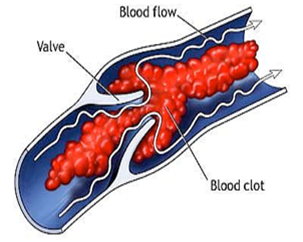
The most serious complication of a DVT is that the clot could dislodge and travel to the lungs, which is called a pulmonary embolism (PE). DVT is a medical emergency. All limb swellings however trivial, should be regarded as a DVT until proven otherwise. Untreated lower extremity DVT has a 3% PE-related mortality rate. About 85% of air travel thrombosis victims are athletic, usually endurance-type athletes like marathoners. (www.airhealth.org)
Compression reduces the risk of blood clot because its patented technologies help increase the above mentioned circulation in the calves and feet.
Socks vs. sleeves
Socks
- Activity
- Recovery
- Travel
- No use of time restrictions because of the capture foot
-
Most efficient product in terms of increasing circulation and decreasing swelling
-
Use full socks if:
- If you have swelling in the ankles or lower leg.
- You are looking for a product for recovery.
- You have a history of circulatory issues.
- You are suffering from plantar fasciitis
Calf sleeves
-
For use only during activity - 3 to 4 hours of active use
-
Use during inactivity or extended periods can lead to foot and ankle swelling
-
-
Allows customer to run with their preferred sock
-
Ultra runners can wear a calf sleeve and change out their socks mid way through the race
-
Triathlete can wear sleeves under their wetsuit
- High School Track and Cross Country athlete that prefer to be barefoot in their spikes
In-store product
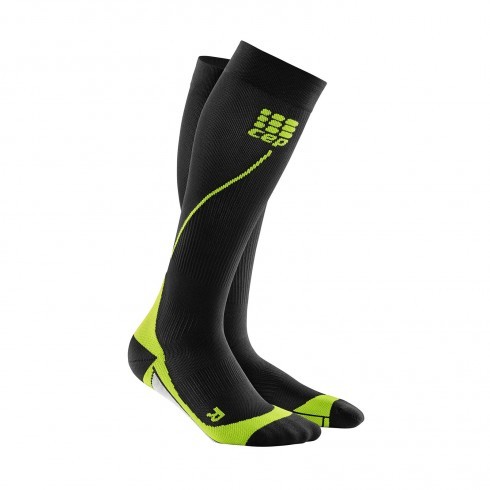
CEP Progressive Run Sock 2.0
-
Progressive 20-30mmHg graduated + consistent compression contains the calf muscle and increases circulation, which helps prevent shin splints, delayed onset muscle soreness, and common overuse injuries
-
Designed with anatomically padded cushioning and a seamless toe-closure for added protection against blisters and hotspots
-
Unique knit design improves air flow over the skin allows air to cool as it flows through to the skin helping moderate body temperature in warmer weather and humid climates
-
The Halo top-band lands comfortably below the knee, keeping the compression socks in place, mile after mile
- CEP socks mold to your feet without restricting your toes, creating an unparalleled fit that is guaranteed to prevent blisters, and improve shoe fit
CEP Progressive Run Calf Sleeve
CEP Dynamic Short Sock
CEP Dynamic Low Sock
Connect With Us
see the latest from Fleet Feet Chicago